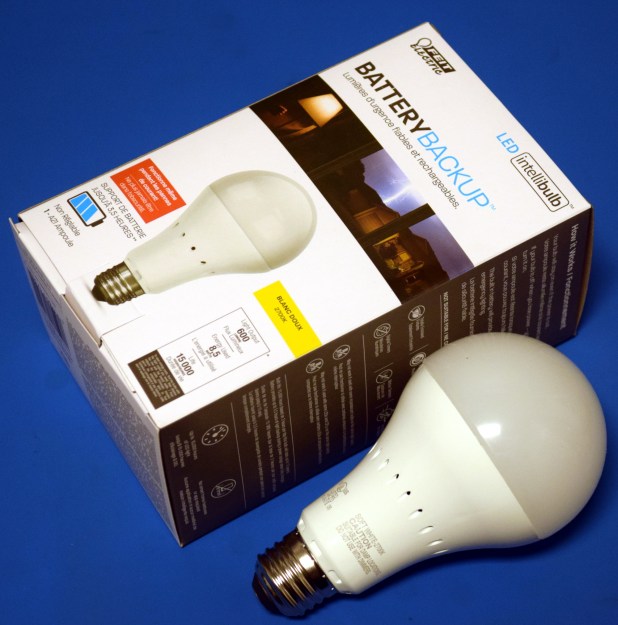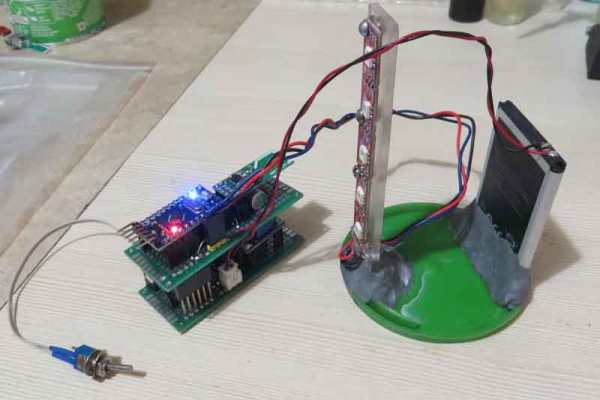How many of your projects been spawned purely out of bored daydreaming? For want of something more productive to do, [dantheflipman] hacked a standard LED bulb from Wal-Mart into a smart bulb.
After pulling it apart, they soldered wires to the threaded socket and added a connector for a Hi-Link hlk-pm01 power module. The output caps at 5 V and 600 mA, but who says this was going to be a searchlight? A Wemos D1 Mini clone slides nicely beside the power module, and stacked on top is a NeoPixel Jewel 7. [dantheflipman] admits he has yet to add a capacitor to ahead of the Jewel, so we’ll see how long the LEDs last. Crammed back together, the bulb is controlled via a prototype Blynk app. Good enough for a quick hack.
[dantheflipman] is upfront about messing with mains voltages: don’t do it unless you absolutely know what you’re doing. In this case, he has taken care with their soldering and epoxied all wire and solder joints to be sure nothing will come loose and short, and a ‘stress test’ is forthcoming.
Smart bulbs are cool no matter how you slice it, so a little more insight into how smart bulbs work with some of the nitty gritty that goes into hacking them might sate your thirst for knowledge.
[Via /r/arduino]


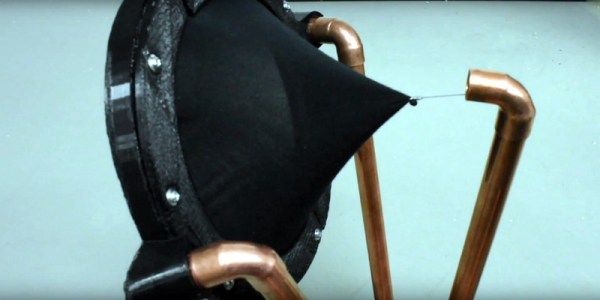

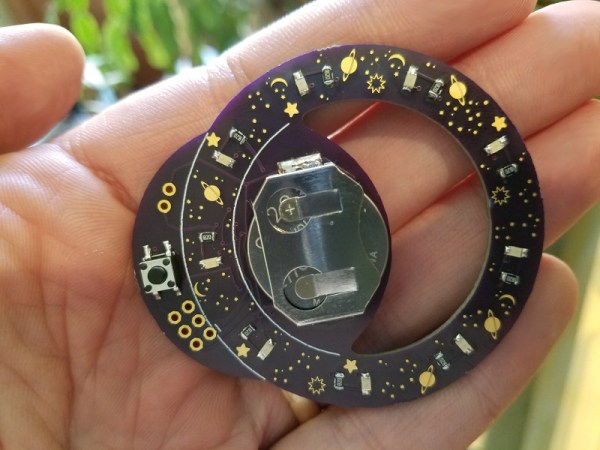
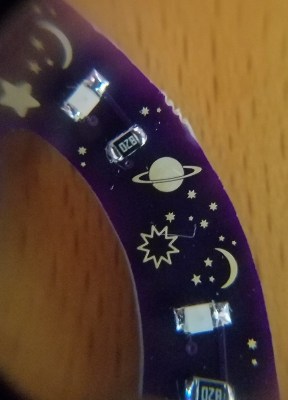 Don’t take that the wrong way, there’s still a lot of creativity that [Steve] over at Big Mess o’ Wires used to make it look this great. The key element here is that copper and solder mask placements have extremely fine pitch. After placing the LEDs and resistors there’s a lot of blank space which was filled with what you might see in the night sky through your telescope. What caught our eye about this badge is the fidelity of the ringed planet.
Don’t take that the wrong way, there’s still a lot of creativity that [Steve] over at Big Mess o’ Wires used to make it look this great. The key element here is that copper and solder mask placements have extremely fine pitch. After placing the LEDs and resistors there’s a lot of blank space which was filled with what you might see in the night sky through your telescope. What caught our eye about this badge is the fidelity of the ringed planet.

